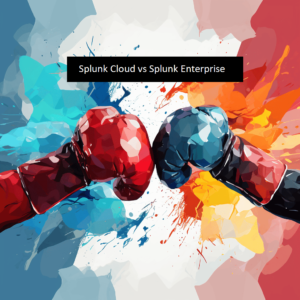Data Analytics Face-Off: Python vs. R - Choosing the Right Tool for Your Data Journey
In the rapidly evolving field of data analytics, two open-source languages have emerged as titans: Python and R. Both have their unique strengths, boasting a wide array of functionalities that can serve different needs and preferences. In this article, we will dissect the capabilities of both Python and R to help you make an informed choice for your data analytics projects.
Historical Background and Community Support
Python
Originating as a general-purpose programming language, Python has evolved to become a powerhouse in data analytics, largely owing to its simplicity and readability. The language enjoys robust community support, with a rich ecosystem of libraries and frameworks that continually expand its capabilities.
R
Developed with statisticians and data miners in mind, R was tailored for statistical analysis and graphic representation from its inception. Its community, albeit smaller than Python’s, is incredibly focused and has nurtured a comprehensive collection of packages for data analysis.
Ease of Learning and Readability
Python
Python’s syntax is designed to be intuitive and clean, promoting readability and reducing the cost of program maintenance. This has made it a favorite among beginners and seasoned programmers alike.
R
R has a steeper learning curve compared to Python, with a syntax that can be less intuitive to those new to programming. However, statisticians and data analysts with no programming background often find R to be more aligned with their workflow.
Data Analysis Libraries and Packages
Python
Python’s analytics prowess is powered by libraries like Pandas for data manipulation and Matplotlib for data visualization, not forgetting SciPy for scientific computing and Scikit-learn for machine learning.
R
R excels through packages such as ggplot2 for data visualization and dplyr for data manipulation. Its CRAN repository hosts over 15,000 packages, offering a rich set of tools for various analytics needs.
Integration and Compatibility
Python
Python integrates seamlessly with various platforms and tools, often being the preferred choice for web and software development projects. Its compatibility with other languages makes it a versatile choice for a wide array of applications.
R
R integrates well with tools used in the data analytics ecosystem, though its integration capabilities with other software solutions are limited compared to Python. However, R’s focus on statistics makes it a robust tool for in-depth analyses.
Performance
Python
Python provides reasonable performance for data analysis tasks. Though not as fast as compiled languages like C++, the ease of writing and maintaining code in Python often compensates for the performance difference.
R
R offers performance that is generally on par with Python. However, its memory management and runtime behavior can sometimes pose challenges, especially with larger datasets.
Conclusion
The Evolution of Data Management Tools
Choosing between Python and R hinges on a multitude of factors including your project requirements, your team’s expertise, and the specific analytics tasks at hand.
- For beginners: Python might be more forgiving and versatile.
- For statistical analyses: R would likely be the superior choice, given its rich array of packages tailored for data science.
In the dynamic field of data analytics, being proficient in both Python and R can be a substantial asset, allowing you to leverage the strengths of each based on the demands of your project. Thus, the choice is not about which tool is better overall, but which one is best for your specific needs, and it might be worthwhile to invest time learning both to become a versatile data analyst in the competitive landscape.
Have an analytics project upcoming?
Discuss Your Project with CloudFruit Experts
We can help you navigate the process, whether it’s through one conversation or an entire project. Let’s brainstorm, let’s discuss, and let’s shape a data-driven future.
Join us in the endeavor to harness the true potential of data analytics with CloudFruit. Let’s grow together!




